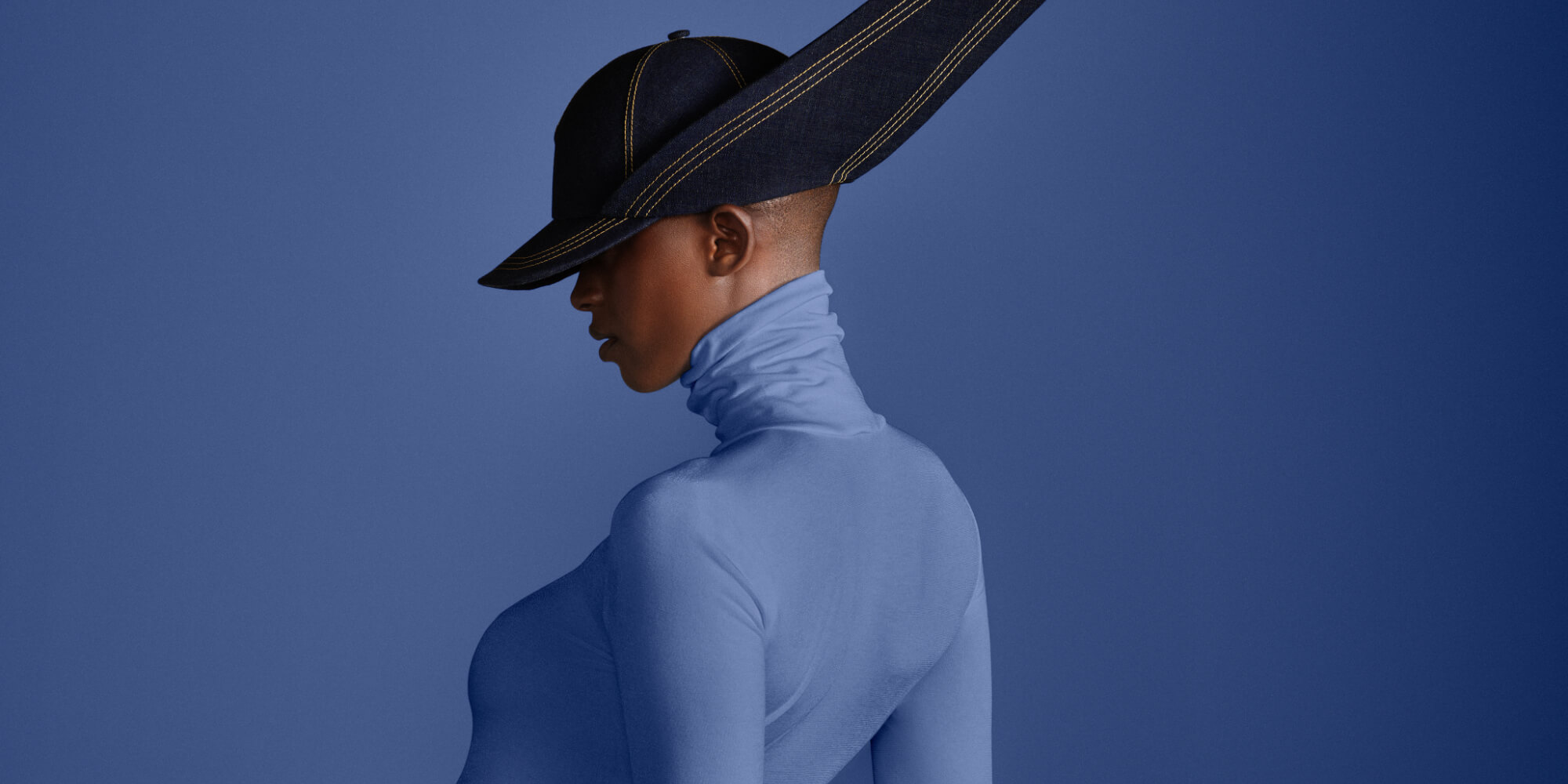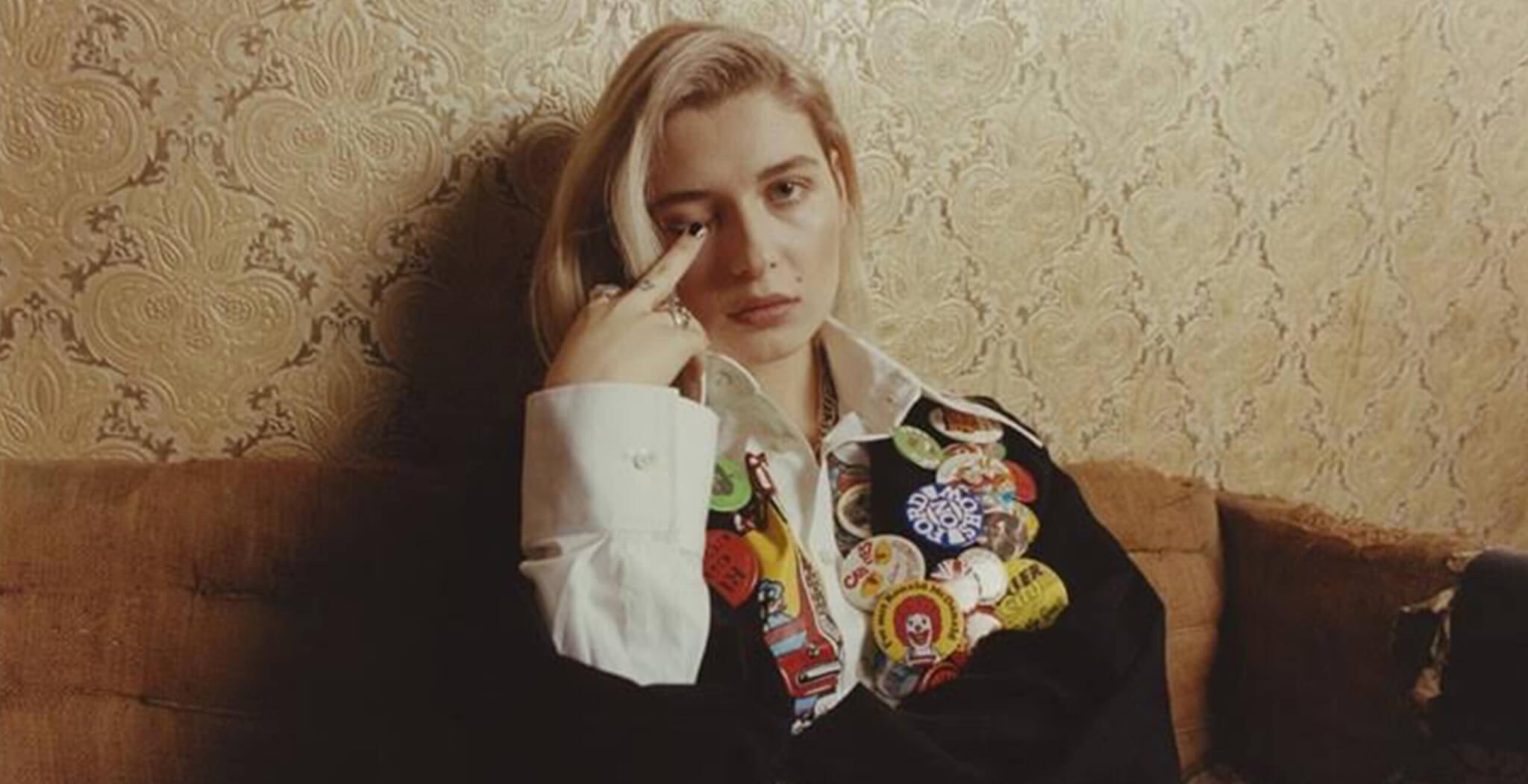Haute Hats: G-Star x Stephen Jones
Until the 1960s, hats were considered indispensable fashion accessories. However, their popularity gradually waned, rendering them unsuitable for the masses today. Nevertheless, this is not the end of the story.
A Quick Throwback: The Evolution of Hat Fashion
Hat fashion in Europe originated in the 10th century with the Saxons, who sported simple straw hats as tribal insignia. Over time, high, pointed hats with wide brims gained popularity in German-speaking countries, exemplified by the traditional costumes of Tyrol and Switzerland.
In the 19th century, hats became increasingly significant for men, even serving as vehicles for political expression. Ladies, on the other hand, favored dainty plate hats and small capottes that contrasted with their opulent Empire-style dresses. As the 19th century progressed, dresses became narrower, and hats grew larger, adorned with rich decorations such as flowers, feathers, and lace, symbolizing the ladies’ wealth. Parisian hat fashion stood out during this period for its exquisite designs.
By the 1920s, hat trends shifted again, and the bell-shaped toque became fashionable. Reflecting women’s growing independence and preference for practical clothing, the toque complemented the simple, straight lines of the fashion of the time. The 1930s saw a resurgence of femininity, with women opting for small, flat hats worn at an angle. Hat fashion became increasingly playful and extravagant.
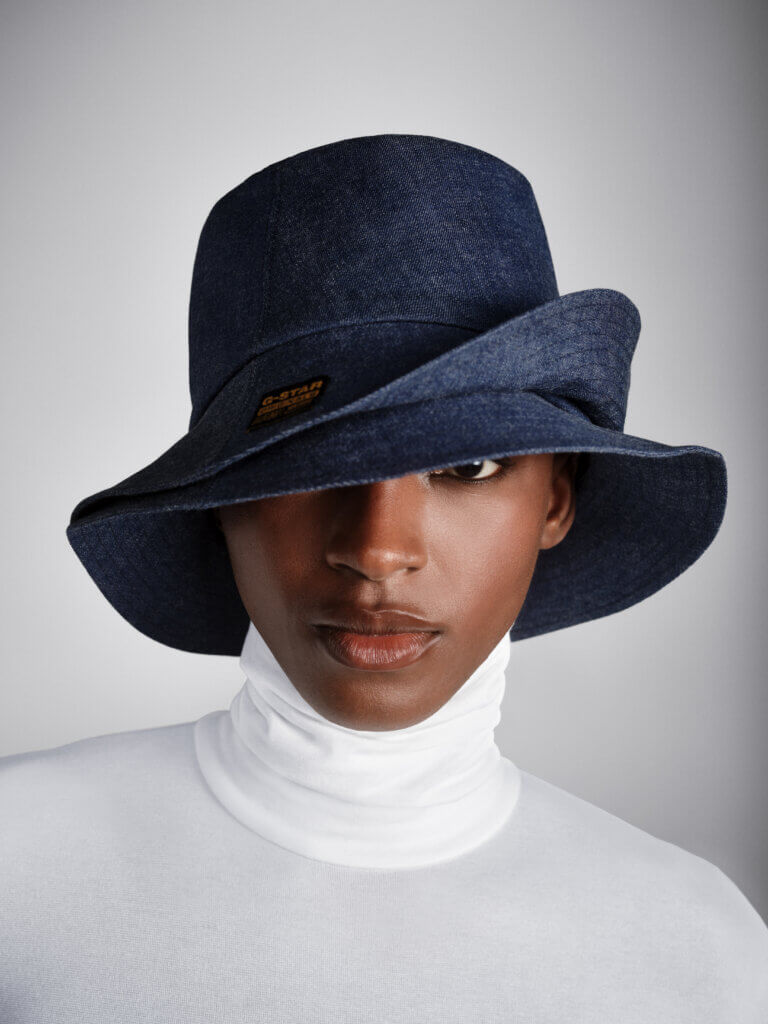
During World War II, uniforms influenced women’s fashion, leading to the popularity of small shuttles as hats. Scarce resources prompted homemade hats, just like most clothing items at the time. In the 1940s, headscarves became the go-to headgear for women, replacing the hat fashion of the previous decade.
The 1950s showcased imaginative and varied hat designs, ranging from teasing little caps to extravagant wagon wheel hats adorned with eccentric decorations. However, by the mid-1950s, hats started to fall out of favor.
For the next two decades, hats became a rare sight, reserved for special occasions or specific contexts like traditional costumes and sun hats. It wasn’t until the 1980s that headgear, in the form of baseball caps, experienced a resurgence. This was followed by the popularity of beanies, bucket hats, and similar styles.
Today, hats have seemingly vanished from everyday street scenes. However, a notable exception to this trend is Cheshire-born Stephen Jones, a renowned designer of high-end headwear since 1980. With his distinctive hats adorning his head, Jones made a name for himself in London’s fashion scene. It was only natural that a collaboration between Jones and G-Star RAW would result in the creation of the G-Star RAW x Stephen Jones Headwear Couture Denim Collection.
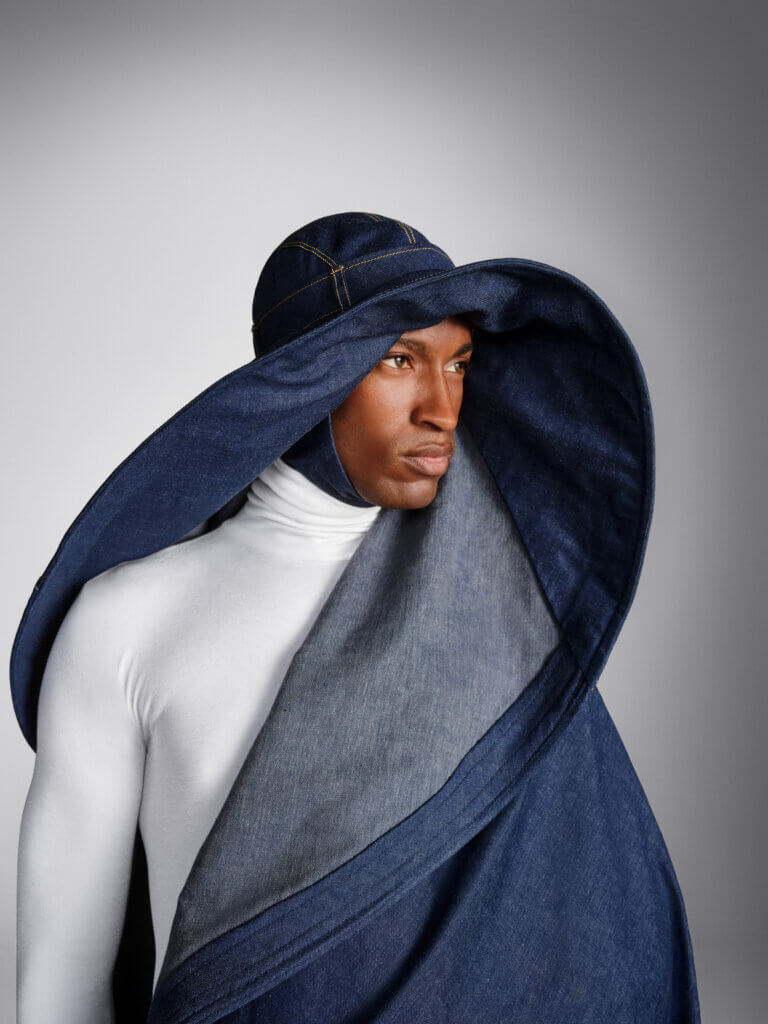
This exclusive Denim Couture Capsule Unisex Collection, presented jointly by G-Star RAW and Stephen Jones, celebrates the extraordinary artistry of both collaborators while combining the enduring fashion trend of denim with legendary couture designs. The collection’s first five haute couture hats were unveiled on November 22, showcasing Jones’ impressive, extravagant, and innovative creations, which meld exciting craftsmanship with his signature denim expertise.
Breaking the boundaries of simple denim design, Jones infuses his anarchistic attitude into the collection. Despite his experience as a milliner, the heavyweight denim posed a challenge, with the oversized hat designs requiring extensive lengths of fabric that consumed his entire studio. Among the standout designs in the collection are the “Cape,” the “Sun Hat,” and the “Hutturm,” all boasting dramatic silhouettes that exemplify the collaboration’s unique vision.
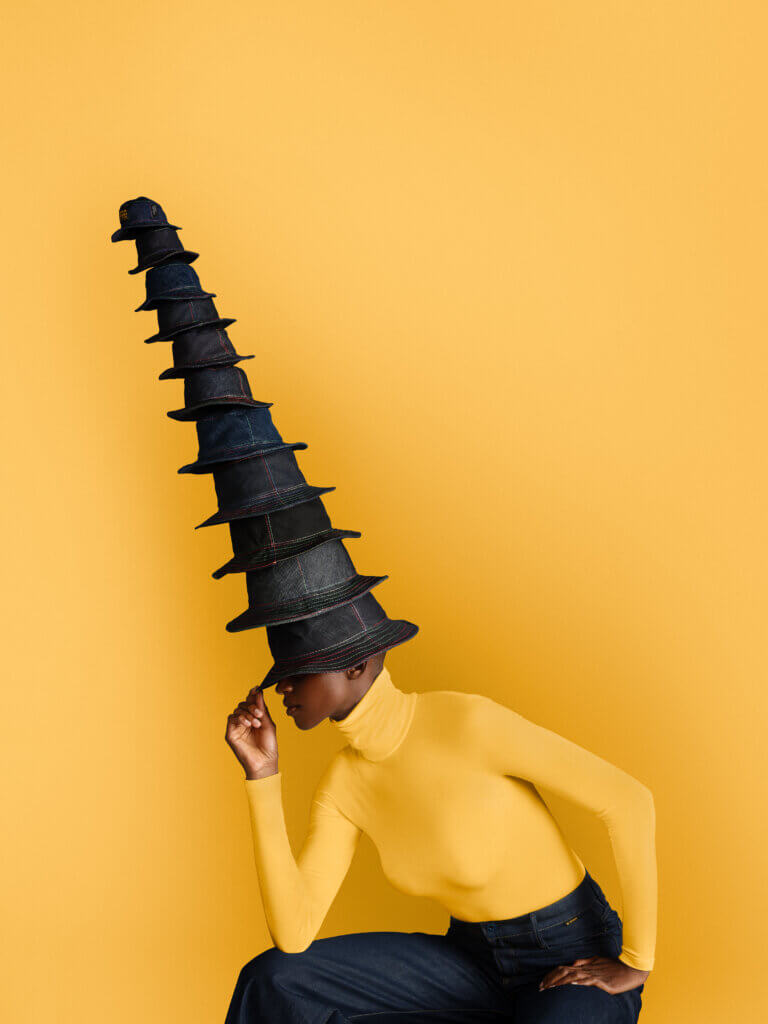
Discover the breathtaking journey of hats, from their historical roots to their exciting present-day transformation in the G-Star RAW x Stephen Jones Headwear Couture Denim Collection. Experience the fusion of craftsmanship, denim expertise, and innovative design in these impressive creations that defy expectations.
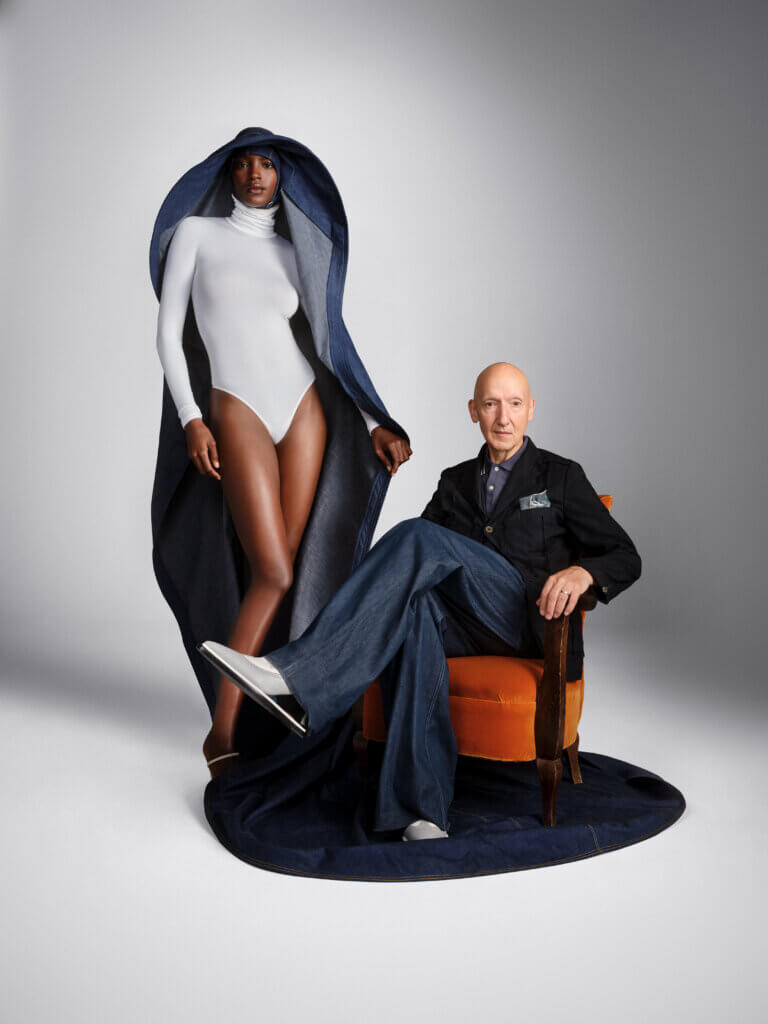
Chapeau!








